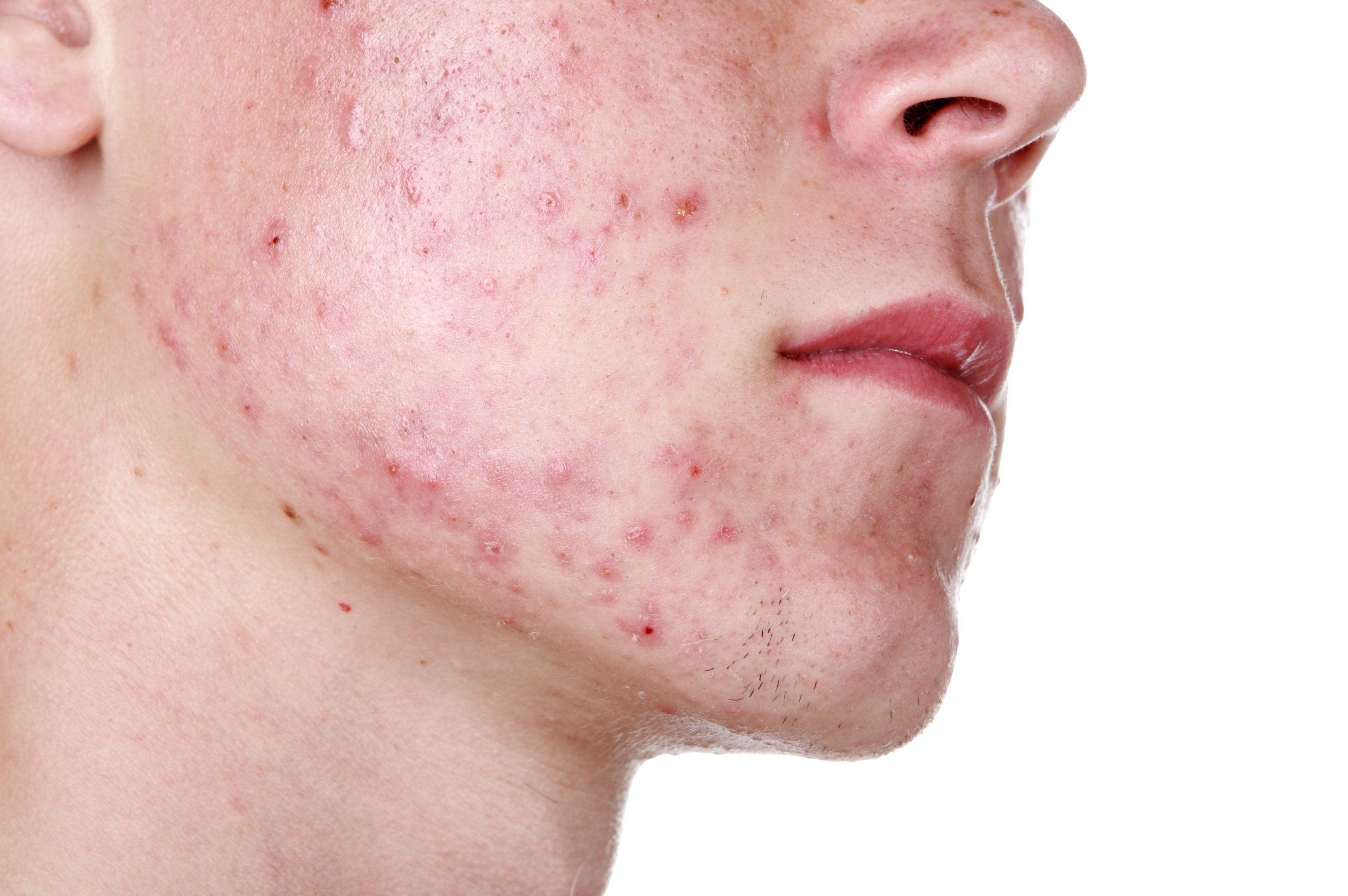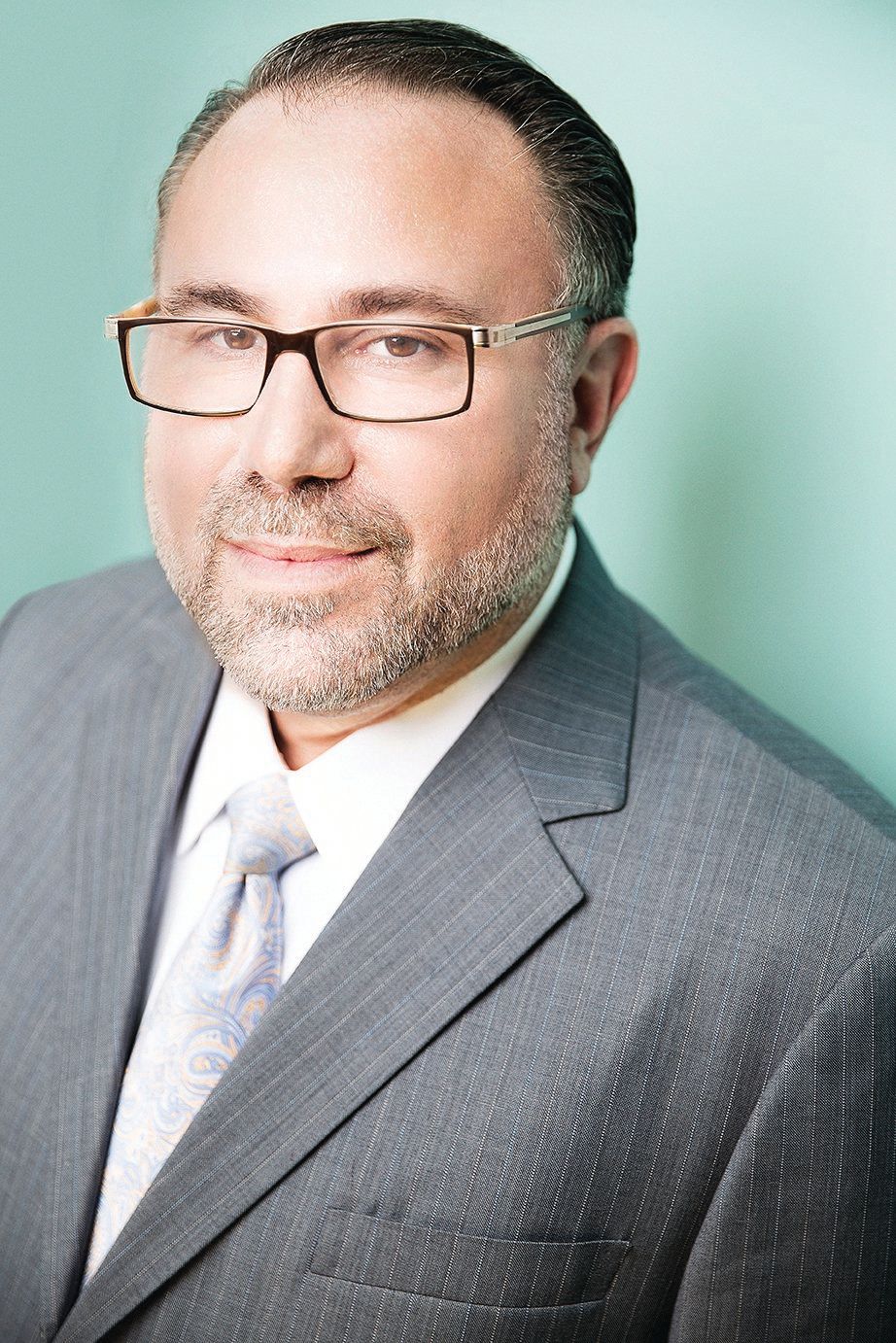- Case-Based Roundtable
- General Dermatology
- Eczema
- Chronic Hand Eczema
- Alopecia
- Aesthetics
- Vitiligo
- COVID-19
- Actinic Keratosis
- Precision Medicine and Biologics
- Rare Disease
- Wound Care
- Rosacea
- Psoriasis
- Psoriatic Arthritis
- Atopic Dermatitis
- Melasma
- NP and PA
- Skin Cancer
- Hidradenitis Suppurativa
- Drug Watch
- Pigmentary Disorders
- Acne
- Pediatric Dermatology
- Practice Management
- Prurigo Nodularis
- Buy-and-Bill
Article
Energy-based options for acne
Author(s):
Medications to treat acne take time to work and might not clear acne completely. To enhance outcomes from acne medications, this expert uses energy-based devices.
“Market studies have been done that show that people will pay for [energy-based device treatments] if it’s within reason,” says Michael H. Gold, M.D. (soupstock - stock.adobe.com)

Dr. Gold

Medications to treat acne take time to work and might not clear acne completely. To enhance outcomes from acne medications, Michael H. Gold, M.D., uses energy-based devices.
“Energy-based devices for acne have been around for a long time. We have better devices now,” says Dr. Gold, medical director of Gold Skin Care Center and Tennessee Clinical Research Center, Nashville, Tenn. “In my opinion, the energy-based device world allows us to use devices to make people better than with medicines alone.”
Dr. Gold starts acne patients on medicine. If the medicines aren’t enough to clear the skin in a reasonable period of time, he says he recommends treatment with devices. The devices not only improve the acne condition, but also enhance the quality of the skin, he says.
Energy-Based Options
Lasers treat acne in various ways. Dr. Gold focuses on using devices that destroy Cutibacterium acnes, or C. acnes, formerly Propionibacterium acnes, or P. acnes.
Intense pulsed light (IPL) devices work exceptionally well in that regard, according to Dr. Gold.
Among the IPL technologies that work to treat acne: The Isolaz 2 (Solta Medical), which is an IPL therapy combined with vacuum technology. The vacuum helps to bring target tissue closer to the light, he says.
“Acne patients like IPL treatment. Dermatologists can use any IPL. There are acne settings on most IPLs today. There are cutoff filters that work for the acne bacteria where the acne lesions are,” Dr. Gold says.
The AdvaTx (AdvaLight) dermatology laser is another good acne treatment option, according to Dr. Gold.
“AdvaLight works by two different lasers lights. It’s a 589 nm - almost like a pulsed dye laser, without the dye. It’s a yellow light laser. Then there’s also a 1319 nm, which works really nicely to help subtly smooth scarring,” he says.
Another option is the Aerolase Neo, which is a short-pulsed 650 micron 1064 nm laser.
“It works by targeting the C. acnes, and it’s fast and painless. It’s one of our go-to devices because of the pain part. It works by targeting the appropriate bacteria - the wavelength targets the absorption spectrum of the C. acnes,” Dr. Gold says. “There are studies that support how well this and other devices work. We’re just finishing a long, large study on Neo showing it works and the results are spectacular.”
There are other devices that Dr. Gold is not likely to use for acne patients. Those that target the sebaceous glands, for example. Dr. Gold says clinicians don’t tend to use those devices anymore because there aren’t many of those machines left on the market.
“Then there’s photodynamic therapy (PDT), which destroys the C. acnes and a little bit of the sebaceous glands. PDT for acne is really good. The problem is it’s not covered by insurance because it’s not FDA cleared. So, it’s off label and PDT medicines are really expensive,” Dr. Gold says. “We don’t do a lot of PDT anymore for acne; although, for really bad cases, I will.”
Money Matters in Acne
Dermatologists should keep in mind that energy-based device treatments for acne are generally not covered by insurance; rather, patients pay cash.
“Market studies have been done that show that people will pay for it if it’s within reason,” Dr. Gold says. “I tell my colleagues all the time that these are not procedures that you can charge thousands and thousands of dollars for. This is a treatment. It is not a cure. Most of these patients are kids and young adults. Therefore, money is important. So, I keep the prices really reasonable.”
Dr. Gold says most acne patients need between two and four treatments with energy-based devices to treat acne. He’ll usually do the treatments every other week. Some come back for touch-up treatments. Still, Dr. Gold keeps the price of each treatment affordable.
Unless Dr. Gold is performing a study on a device that does not allow additional treatments, he treats acne patients with a combination of medicines and an energy device.
Devices, he says, work well as adjuncts to medical management, even when patients are on an antibiotic.
“You can still use a laser because the antibiotics are not on the same wavelength areas as the laser light,” Dr. Gold says.
Dermatologists who don’t consider energy-based options in acne treatment are missing an opportunity to make acne patients happier and keep them coming back for treatments other than just acne.
“Everything in aesthetic medicine is targeting the millennial world. Once you make their acne better, guess what? They’re coming in to me for every cosmetic procedure,” Dr. Gold says. “They come to me because I took care of them when others said here’s your prescription, goodbye.”
Disclosures:
Dr. Gold has consulted and performed research for Solta, Aerolase, AdvaLight and Lumenis.





